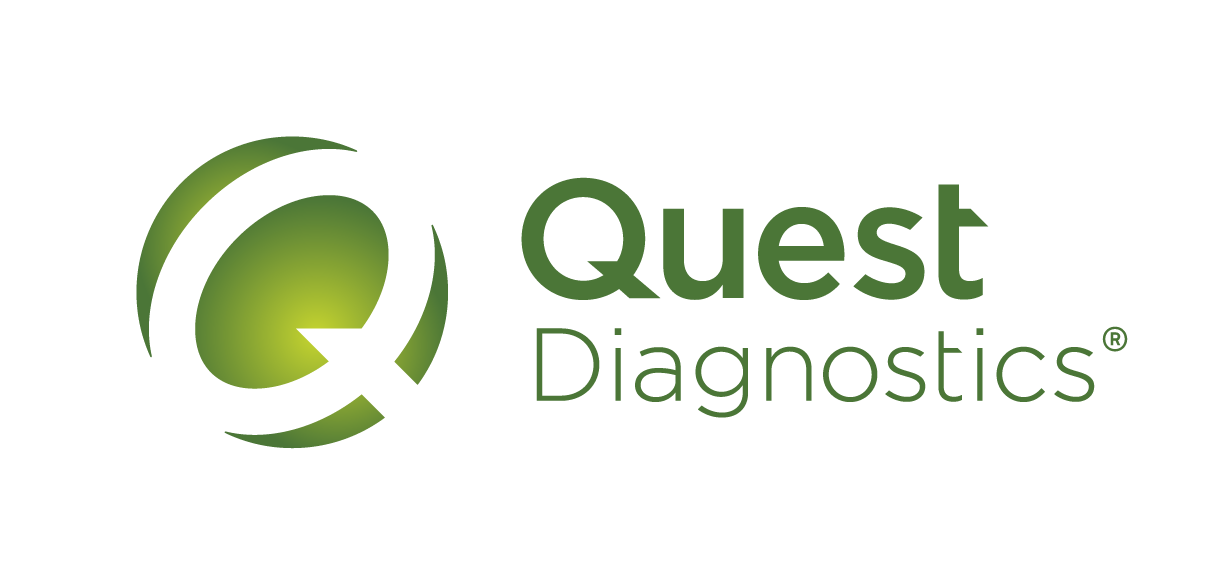By Deborah Fowler, Managing Partner, Green Room Communications
 As a former TV journalist, open space is like going home. Newsrooms have embraced the open space model for decades, and as Green Room officially moves into our new office space, we join newsrooms, as well as trendsetters like Google and Facebook, with an open space floor plan.
As a former TV journalist, open space is like going home. Newsrooms have embraced the open space model for decades, and as Green Room officially moves into our new office space, we join newsrooms, as well as trendsetters like Google and Facebook, with an open space floor plan.
In an open office, there are no walls, barriers or fully enclosed spaces separating team members. In the newsroom, I developed a new way of working. I tapped into new skillsets where I could actually listen as I was thinking about another thought, with one ear to the police scanner while simultaneously writing news copy for the 6 pm broadcast.
We work with many colleagues who loathe the open space model. Personally, I cherish it.
As communicators who are rooted in journalism, Karen and I designed an office environment that fosters informal and frequent communication. It’s what we do best, and our workplace should reflect and build on our strengths.
Open space layouts have been shown to improve communication and collaboration among co-workers. Taking down walls both physically and figuratively fosters spontaneous teamwork and problem solving. I’ve noticed, and research supports, often these types of informal interactions can be incredibly productive. People can generate and bounce ideas off one another without the constraint of a more structured and scheduled meeting.
 In the newsroom environment, open office space cultivates camaraderie and teamwork among colleagues simply because constant exchange is welcome and encouraged. Everyone shares, contributes and gives input. People get first-hand and frequent exposure to different work styles and how colleagues approach tasks. Problem solving can be more efficient when it’s informal, and people just work better together when physical barriers are removed. There’s a greater sense of community and less hierarchy.
In the newsroom environment, open office space cultivates camaraderie and teamwork among colleagues simply because constant exchange is welcome and encouraged. Everyone shares, contributes and gives input. People get first-hand and frequent exposure to different work styles and how colleagues approach tasks. Problem solving can be more efficient when it’s informal, and people just work better together when physical barriers are removed. There’s a greater sense of community and less hierarchy.
Yes, open offices can be noisy and sometimes disruptive for more focused tasks like writing, data analysis or conference calls. However, like a newsroom with edit bays and sound booths, we have places employees can go for private conversations.
Our new office design includes several “huddle rooms” where teams can meet privately, take calls or work undisturbed when more focused concentration is required. Flexible work spaces – where people have the option to work in various places around the office – provide options for a change of scenery or to get into a new mindset. And a nearby Starbucks on the building premises is an added perk.
It’s important that employees feel a connection to their space. Studies show open space offices are successful when people have a greater sense of what psychologists call place identity. When they feel their space is truly collaborative and a reflection of themselves, they take greater pride in their workplace. They’re also more engaged and positive about their work. We’re encouraging people to personalize their space with pictures, plants and other things that help them feel more connected to it.
The new space does come with some rules of common courtesy. We encourage colleagues to be mindful of those around them. If someone looks like they’re trying to focus, don’t holler across the room. If a team member is on a call, keep the volume down. And if you’re the one who needs to focus, don’t be afraid to let your neighbors know, or try headphones to drown out background noise.
It turns out communication really is the key to a productive and successful open office. No wonder it works for us!
Come visit us at 1719 Route 10 East, Suite 318, in Parsippany!




















